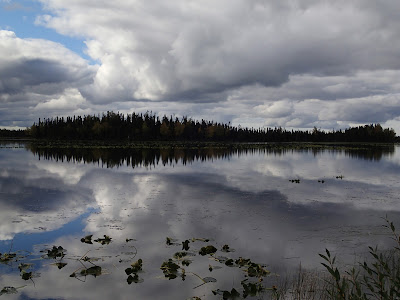Greetings from Reno,
I am sure that many of you that live in Reno, Sacramento, or the Bay area have visited the Empire Mine State Park located in Grass Valley and adjacent to Highway 49. But, for those of you that have not, it is well worth taking in this wonderful outing!
The park's website is
http://www.empiremine.org/
The Empire is an underground mine which produced gold from 1850 until 1956, with a few years suspension of production during World War II. The total gold production from the Empire and other gold mines in the Grass Valley and Nevada Districts is approximately 12 million troy ounces.
Gold was discovered in June 1850 by George McKnight at the Gold Hill Ledge. The discovery was of a quartz vein filled with abundant visible gold. The Empire and nearby North Star mine operated profitably until the late 1920's when it was less profitable owing to increased costs. In 1929, Newmont purchased the Empire mine from W.B. Bourn for $250,000. Newmont also acquired the North Star mine. In 1929, the gold price was $20.67 per ounce, but in 1934 to gold price was set at $35 per ounce. Overnight, this turned a marginal mine into a highly profitable mine. The mine closed in 1956 when the costs exceeded the sales. In December 1974, the State of California purchased the property from Newmont for $1,250,000. The park is a treasure for geologists, mining enthusiasts, historians, and those that love beautiful landscaping and buildings.
Source: McQuiston Jr., F.W., 1986, Gold: The Saga of the Empire Mine 1850-1956, 95 p.
Highlights of the park include beautiful grounds with flower gardens, the mine owner's mansion, fountains, a small museum, mine buildings, an inclined shaft (12,000 feet deep on the incline), a large model of the mine workings and geology, and ore carts.
I hope that some of you get a chance to visit the Empire mine and park.
 |
| The Empire mine mansion. |
 |
| Ore carts at the mine. |
 |
| The inclined shaft at the Empire mine. |
 |
| Mine model. |
 |
| Ore sample of gold-bearing quartz, probably similar to the discovery outcrop at Gold Hill! |




















































